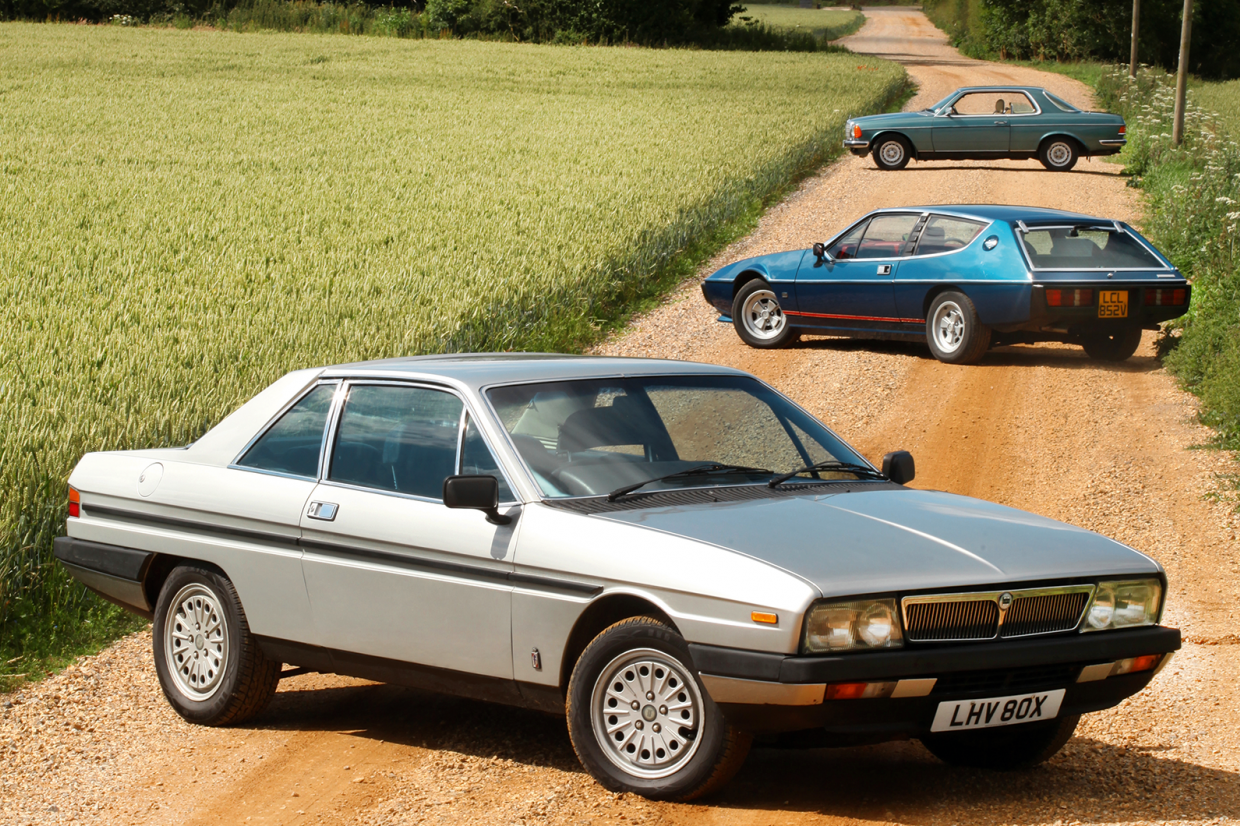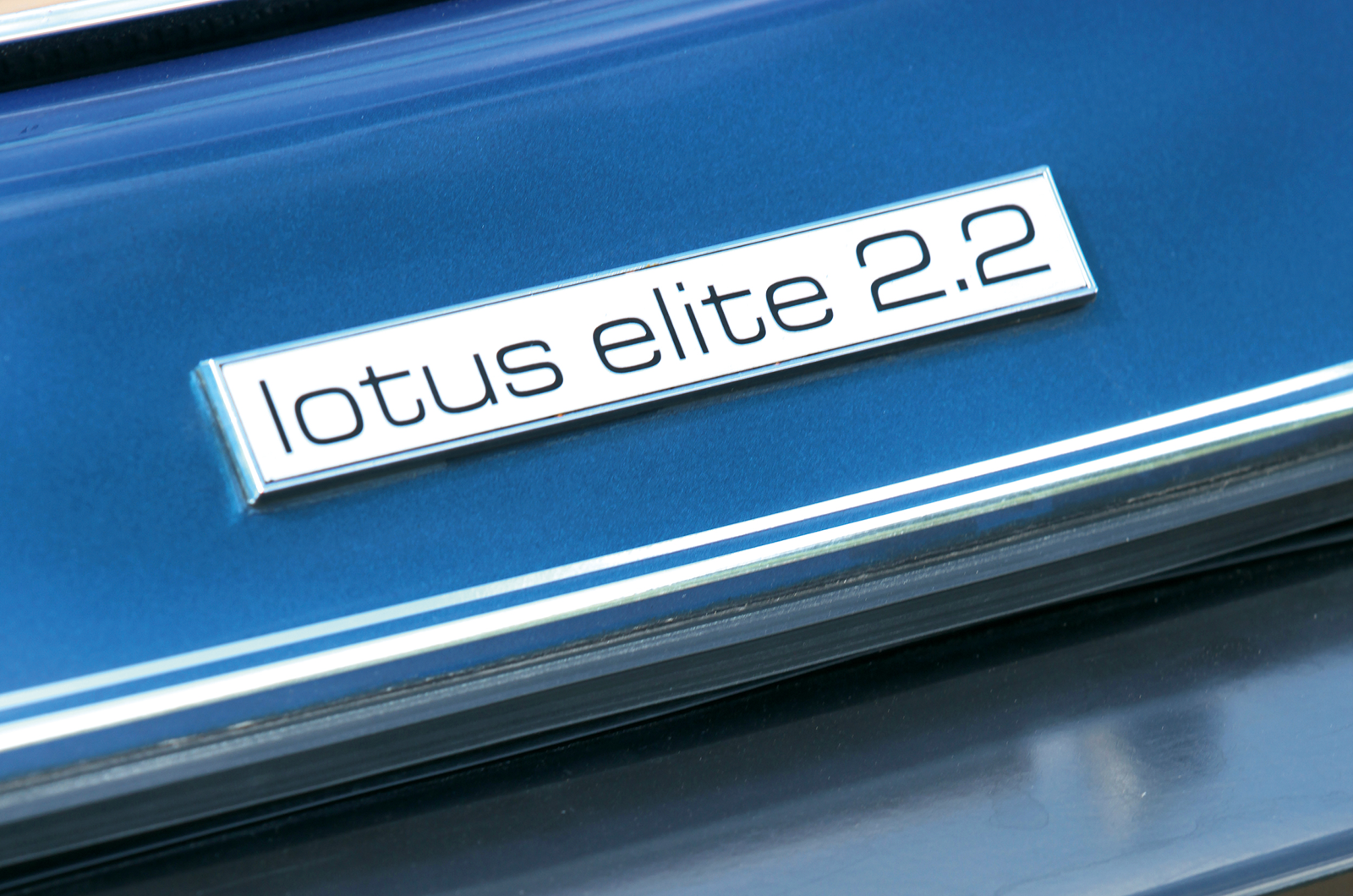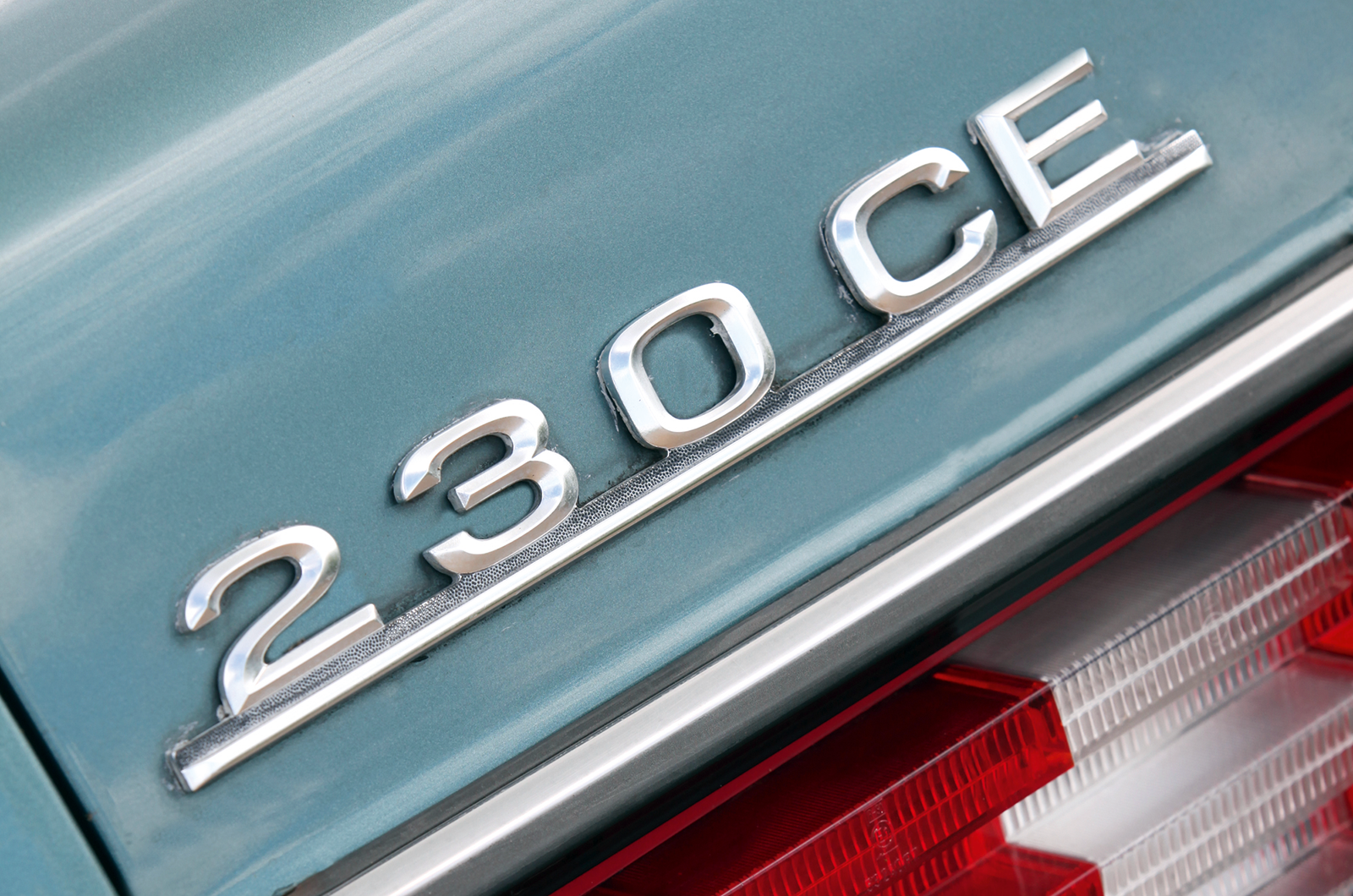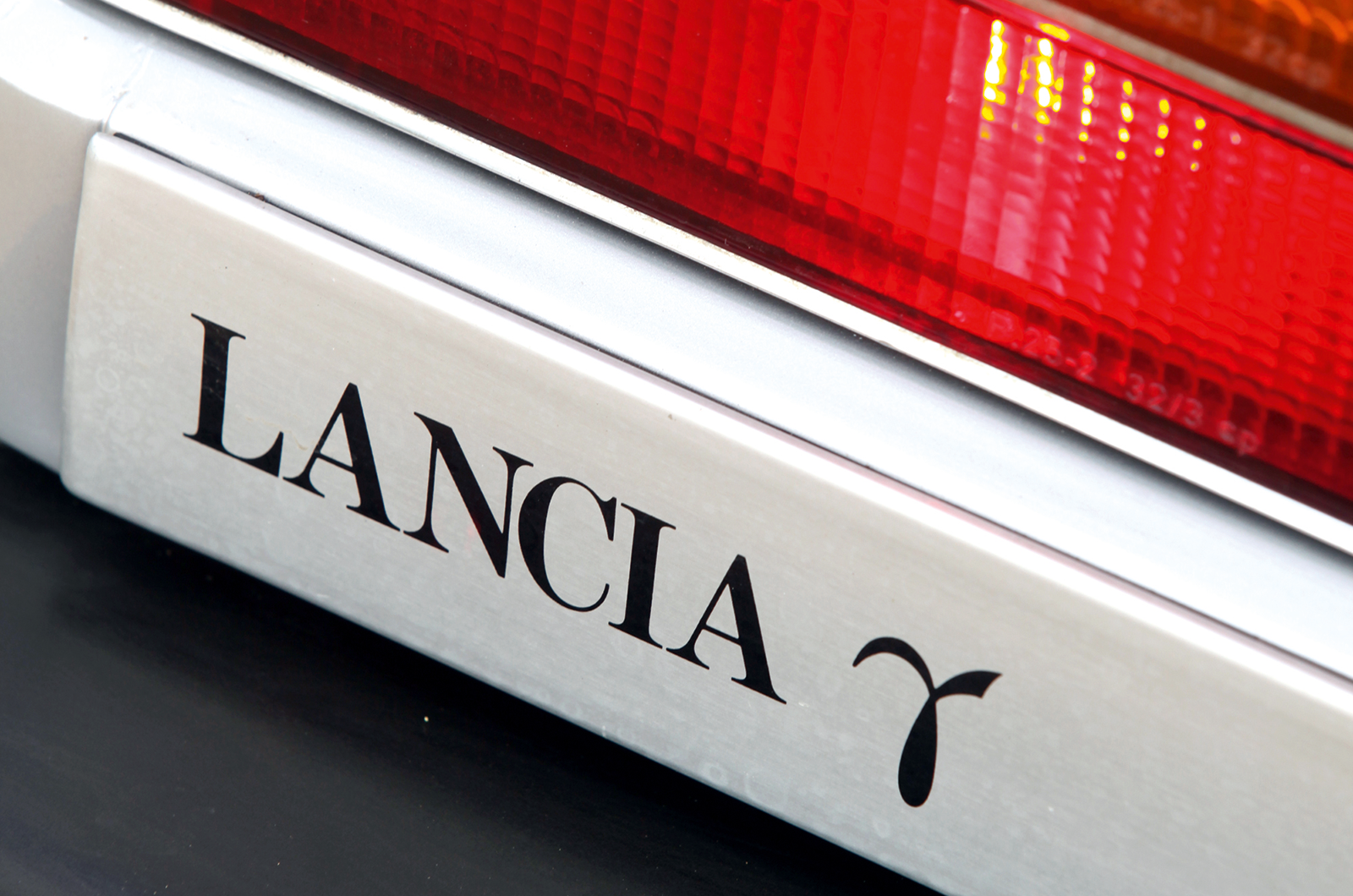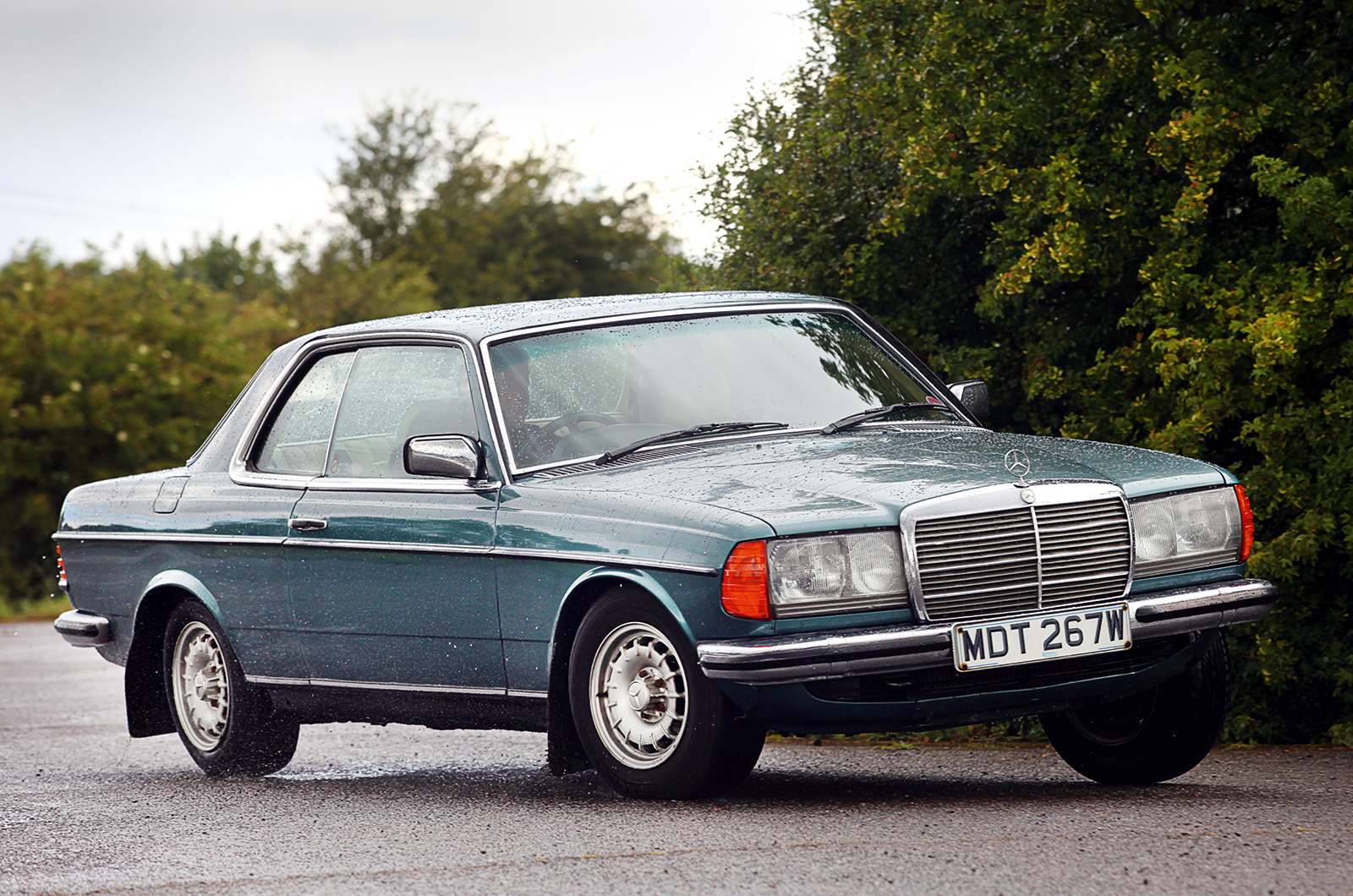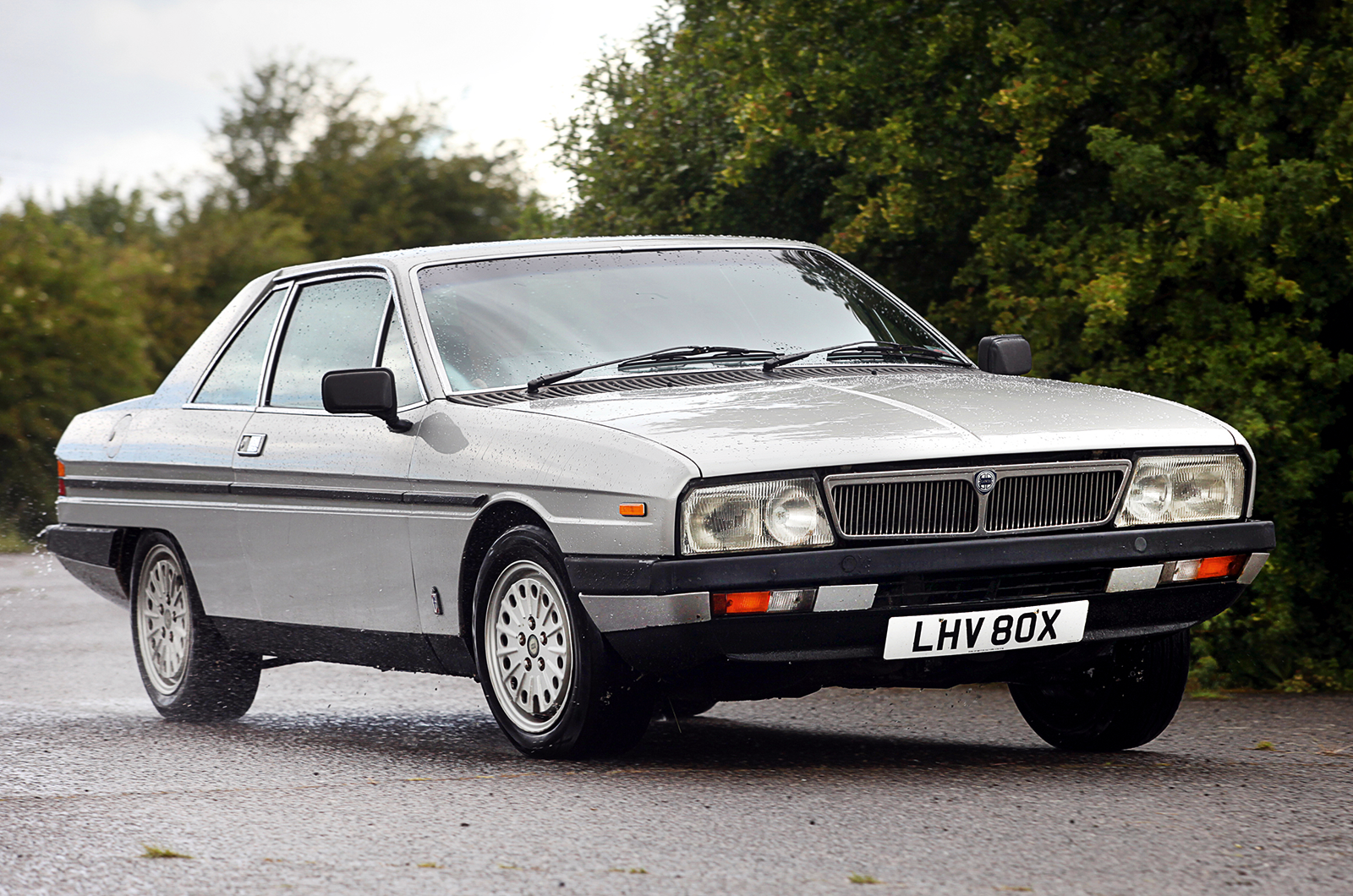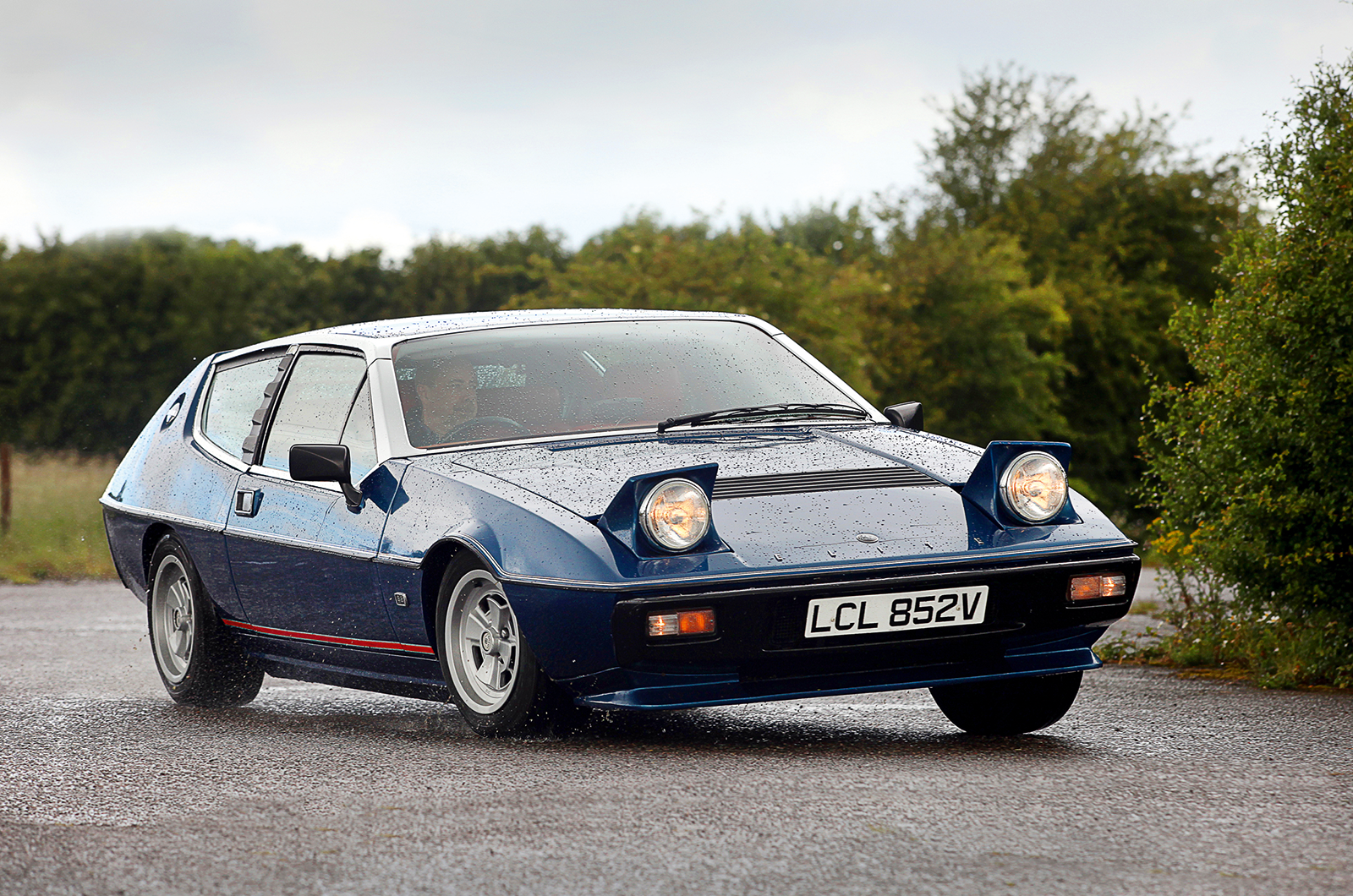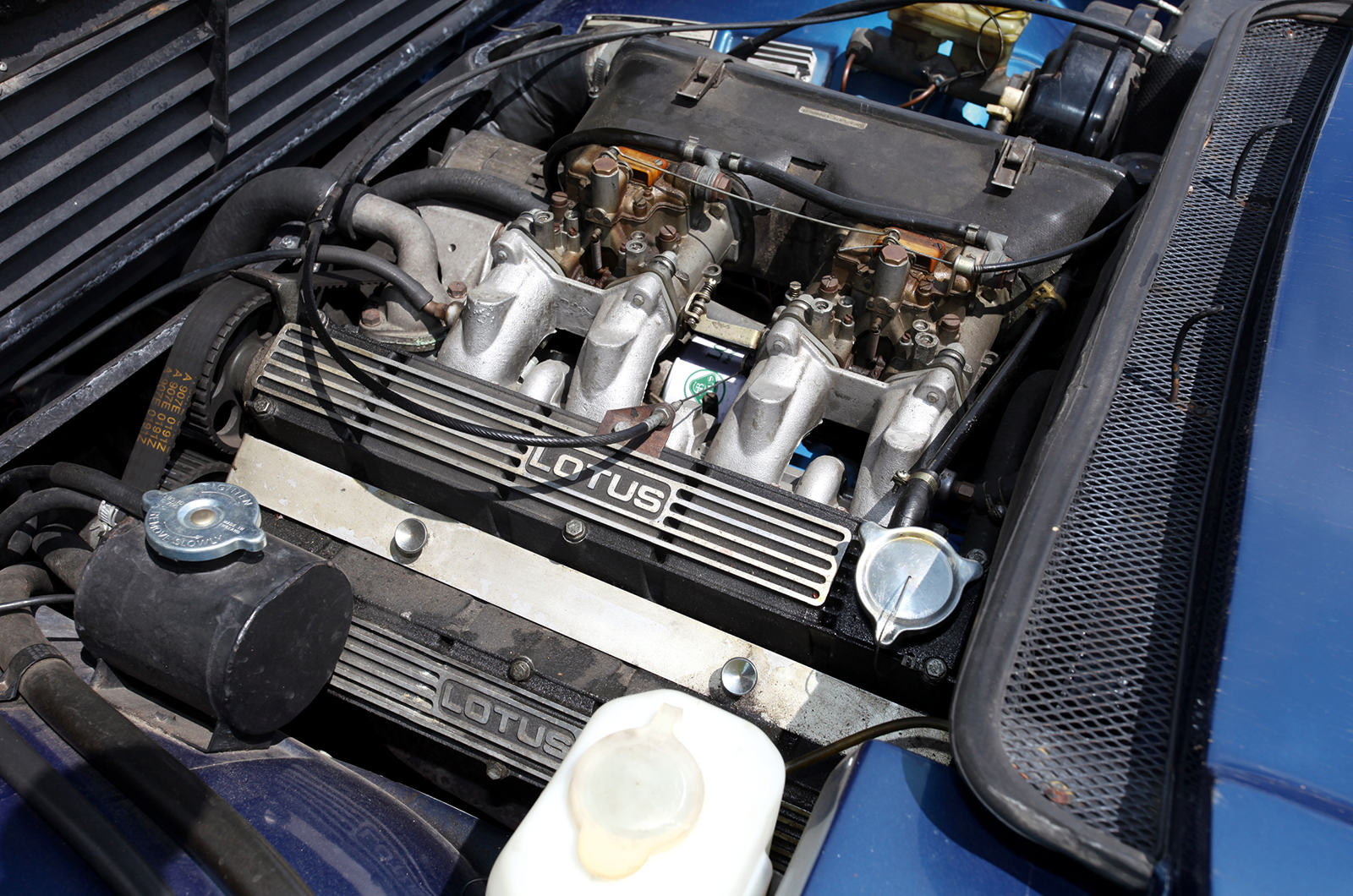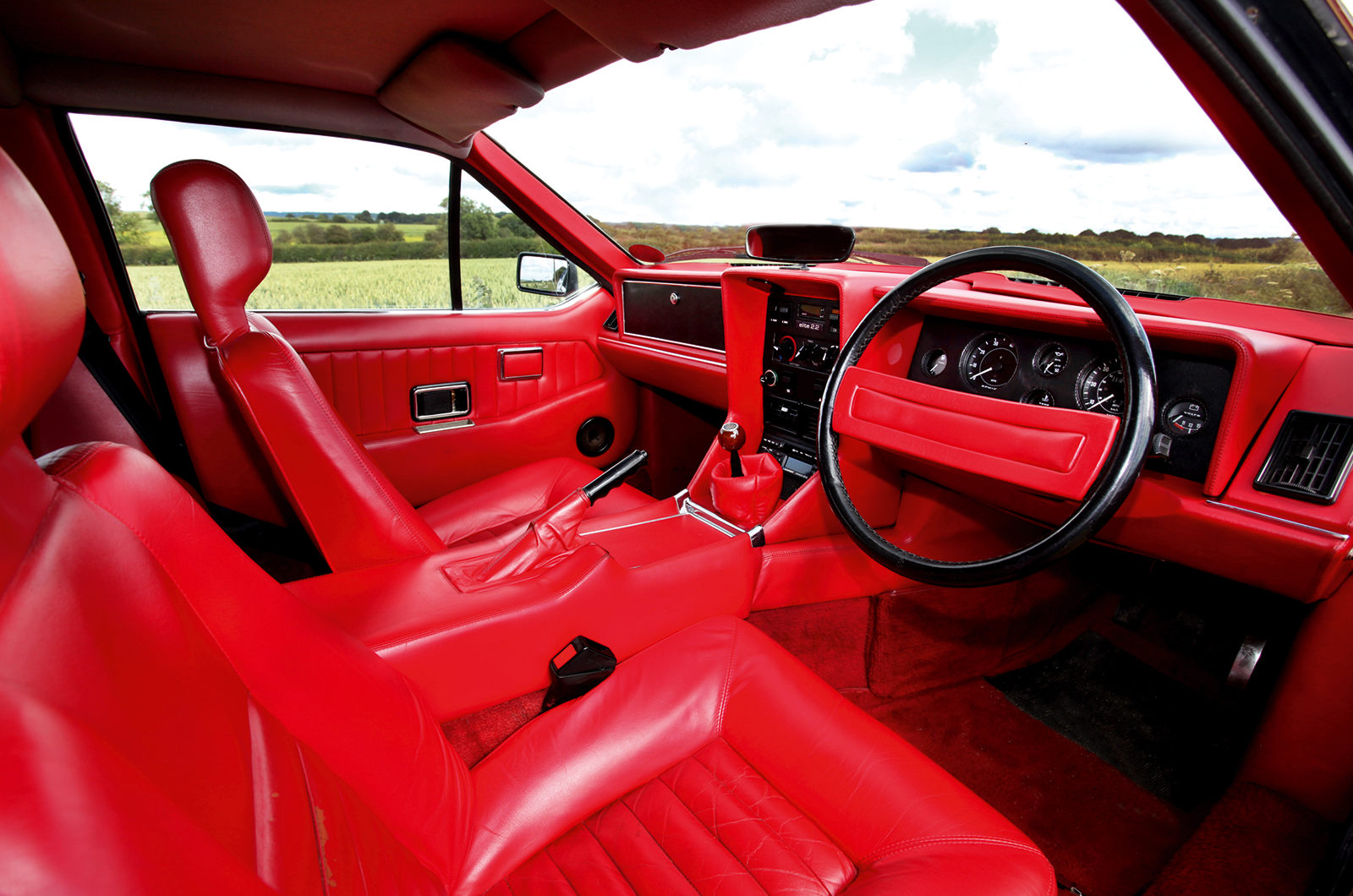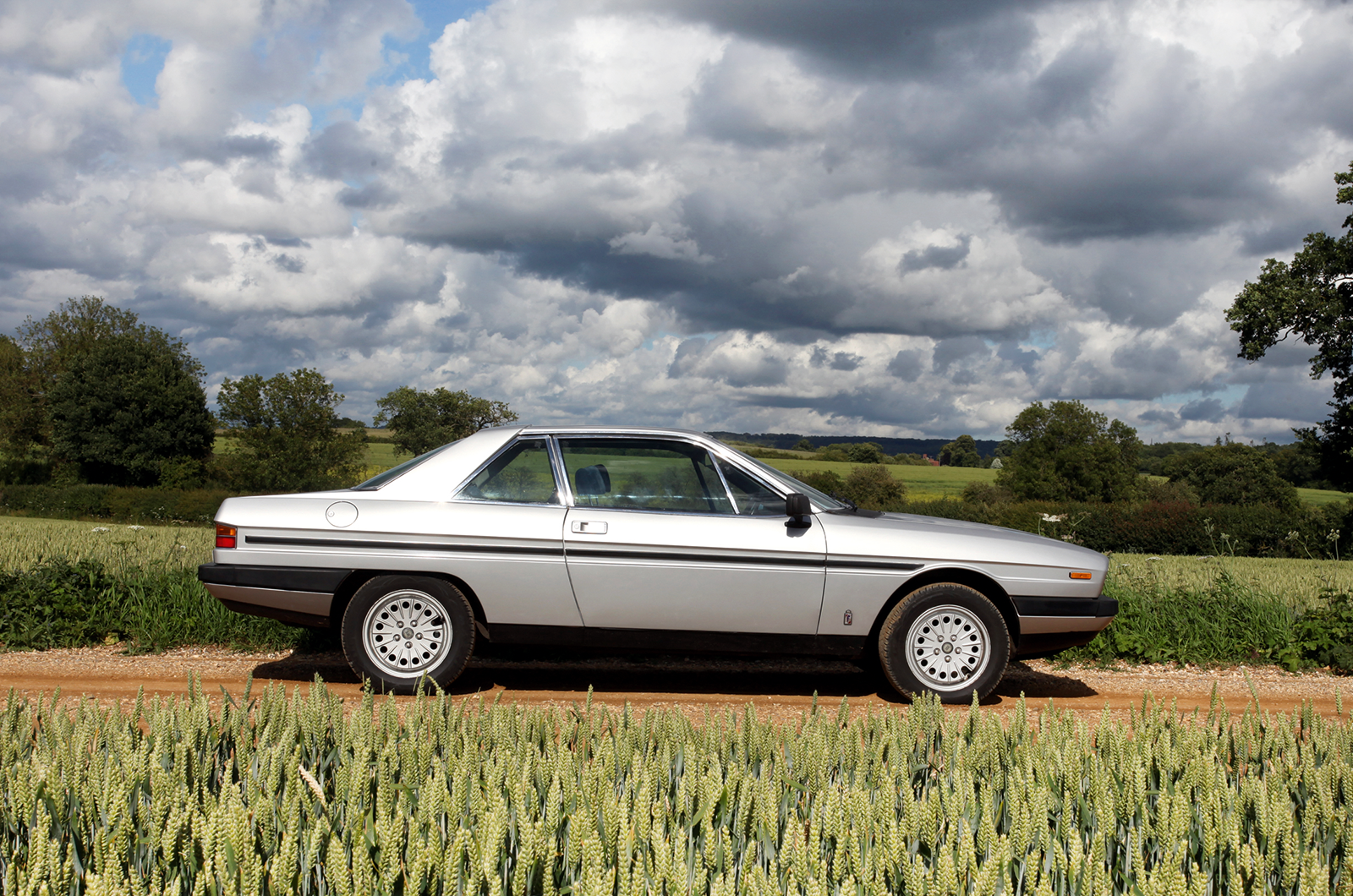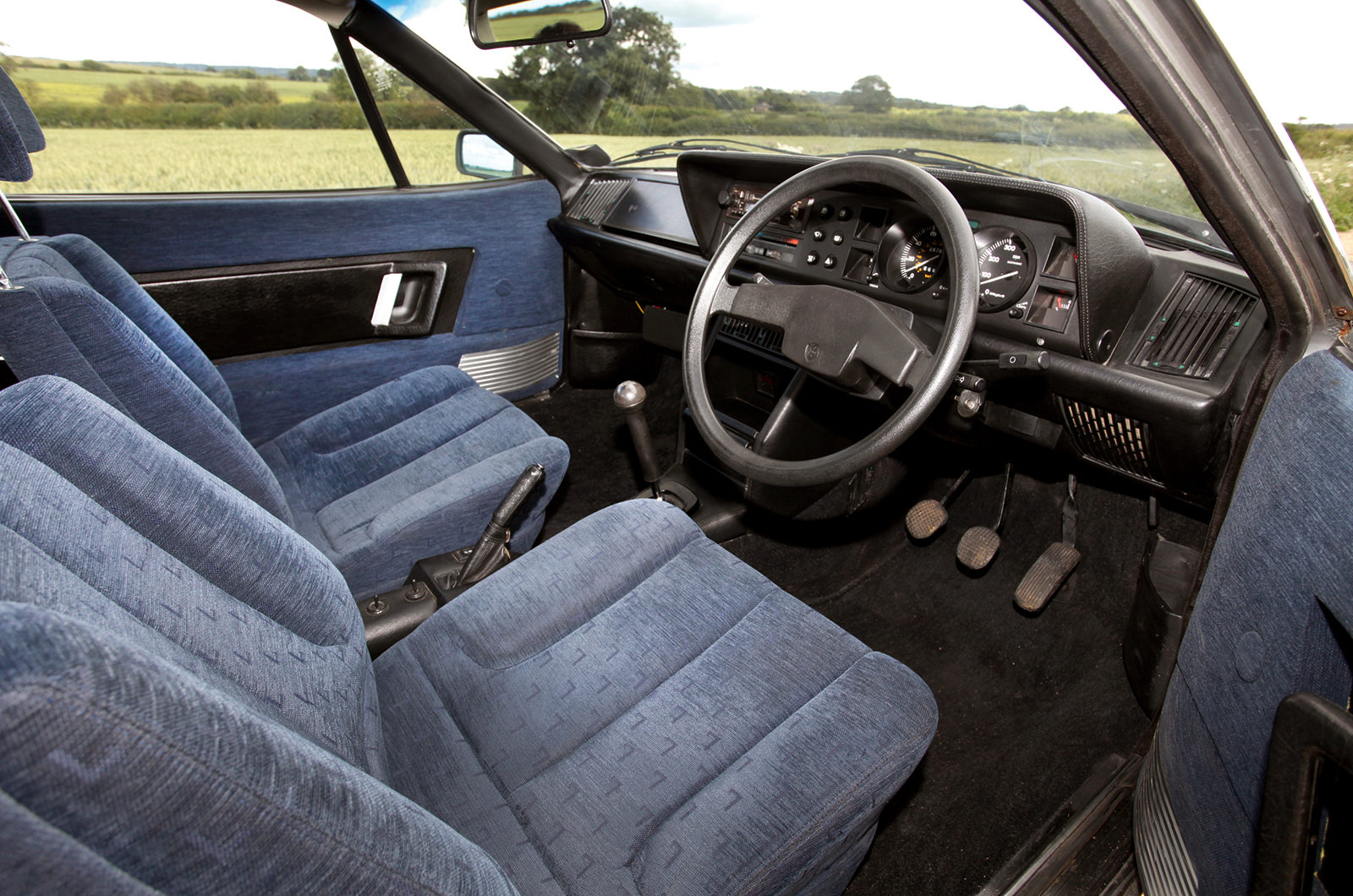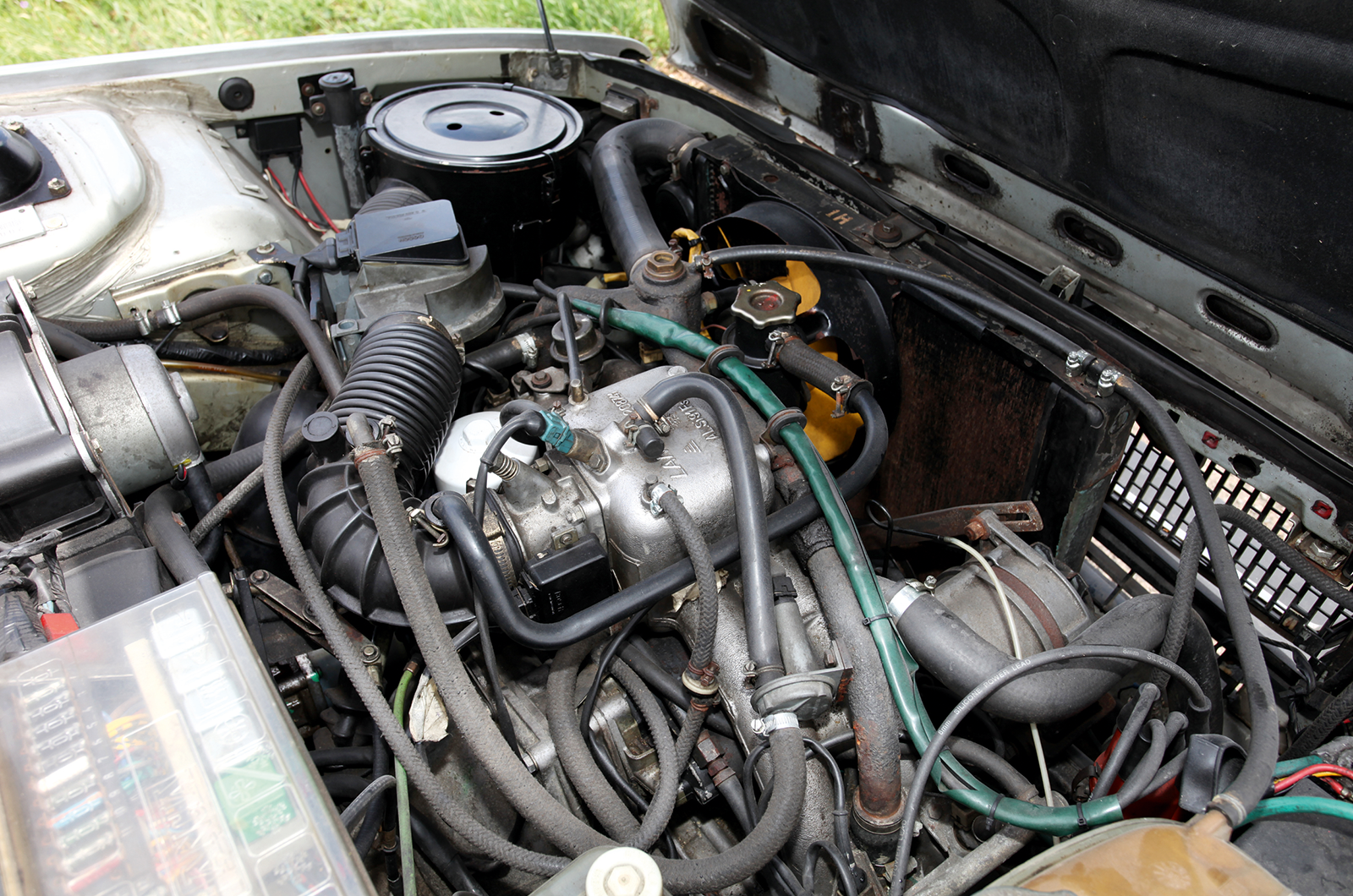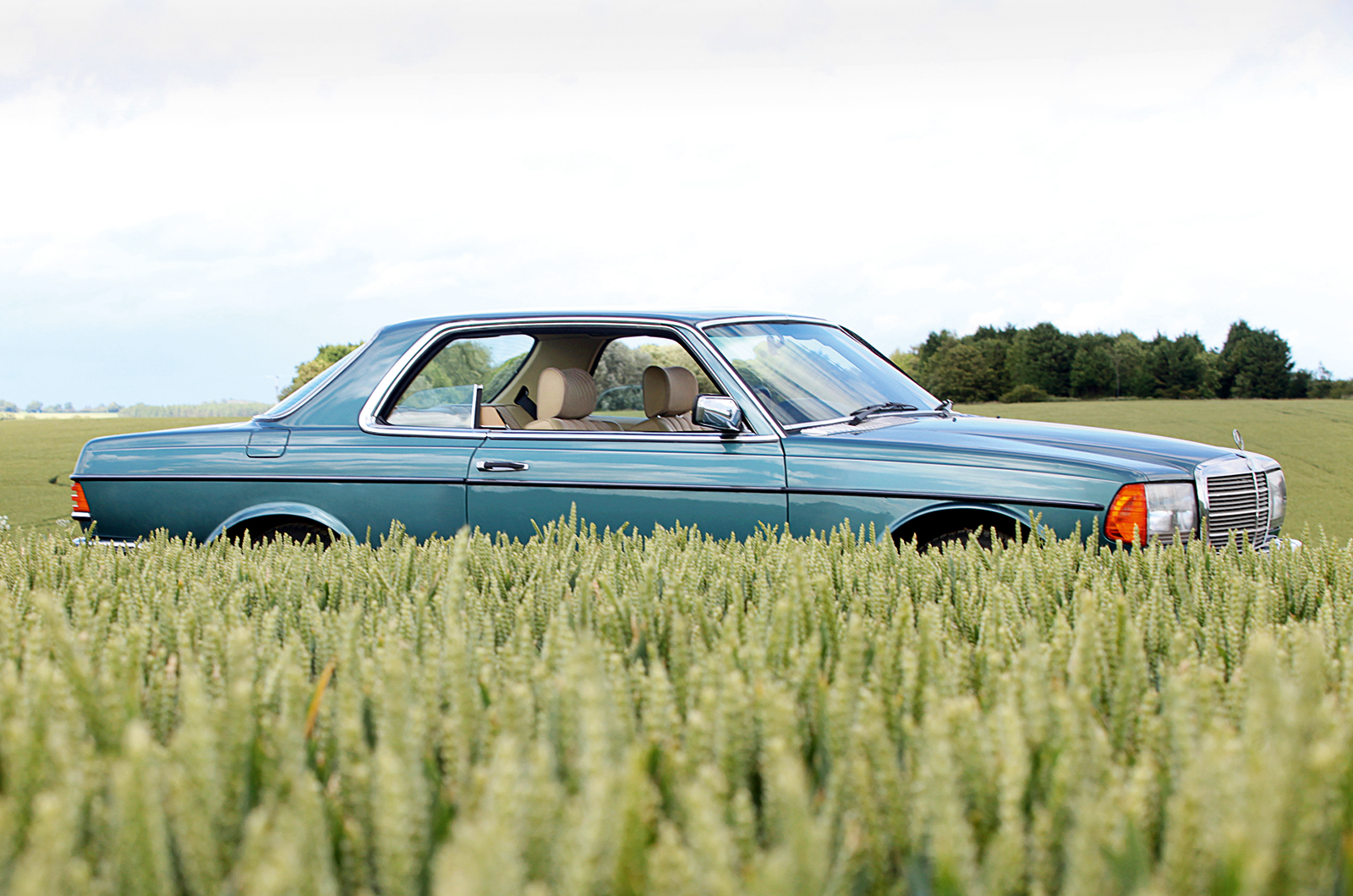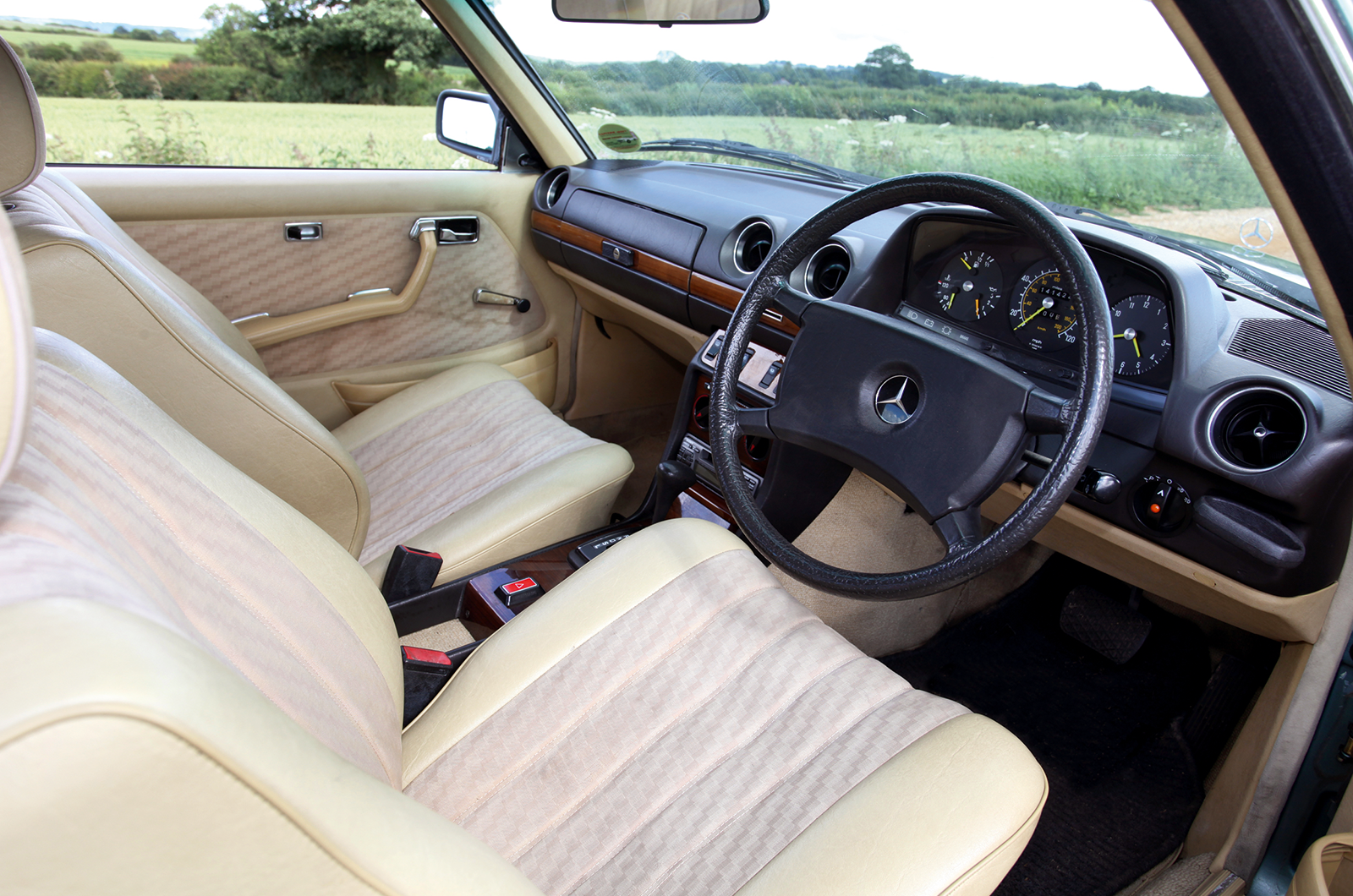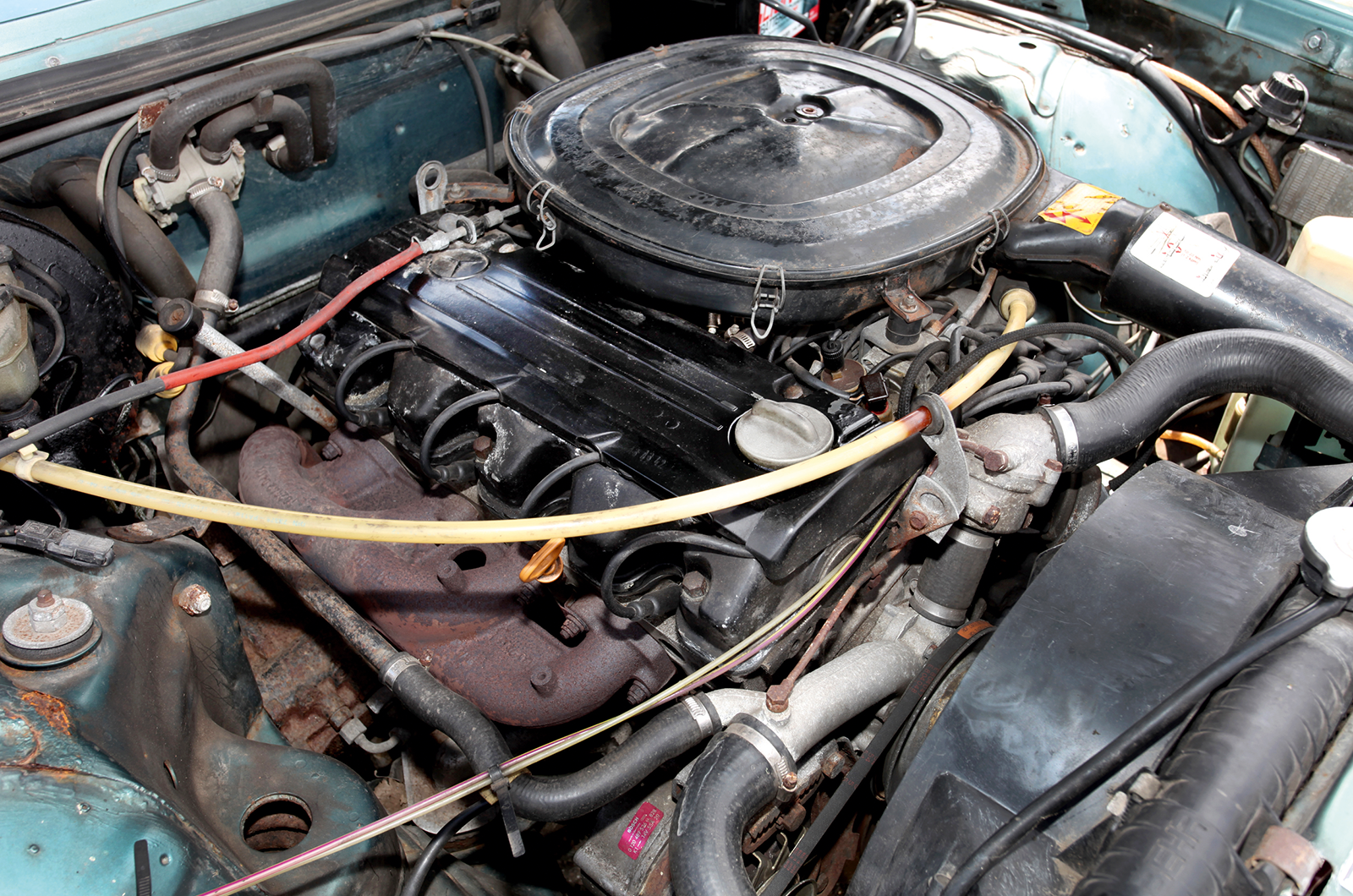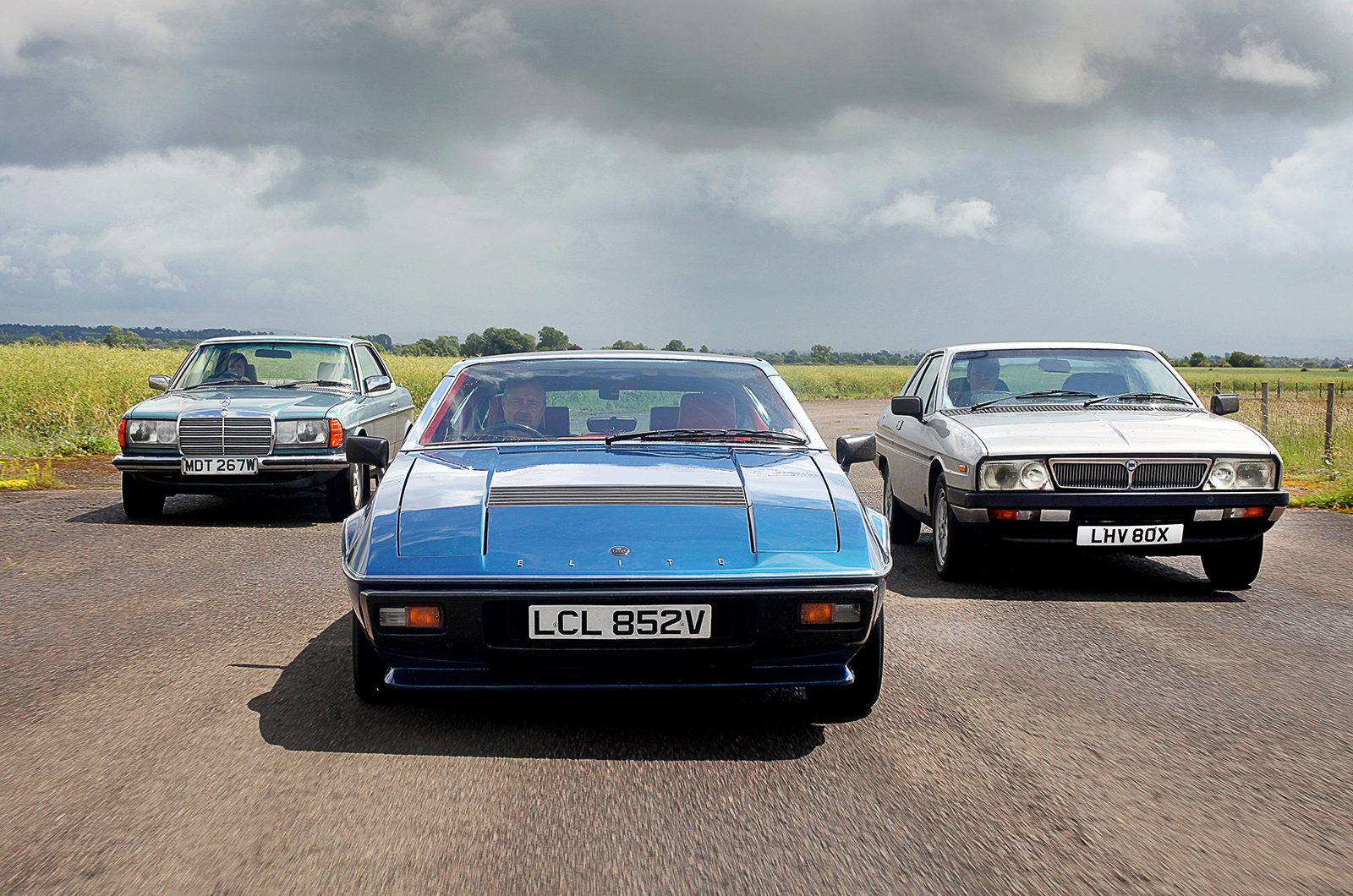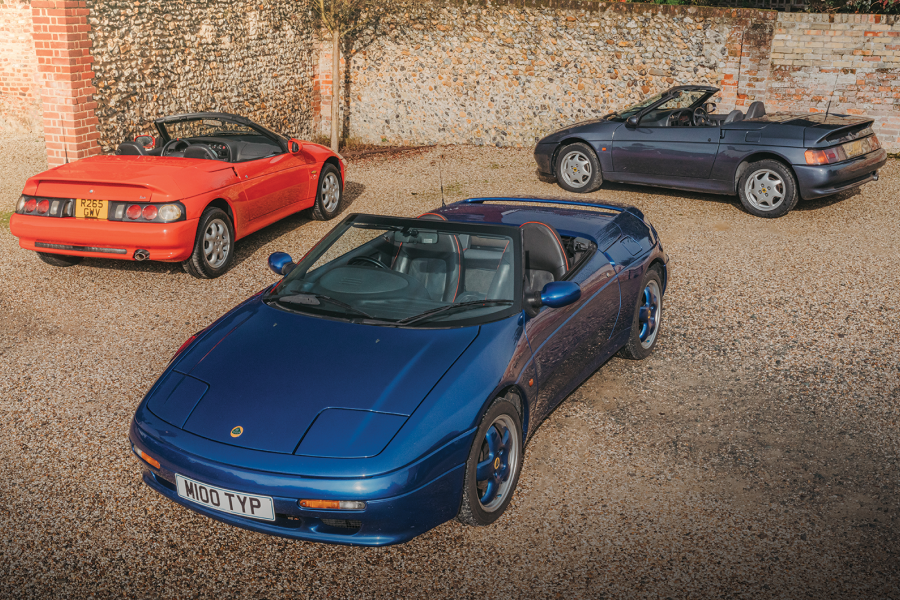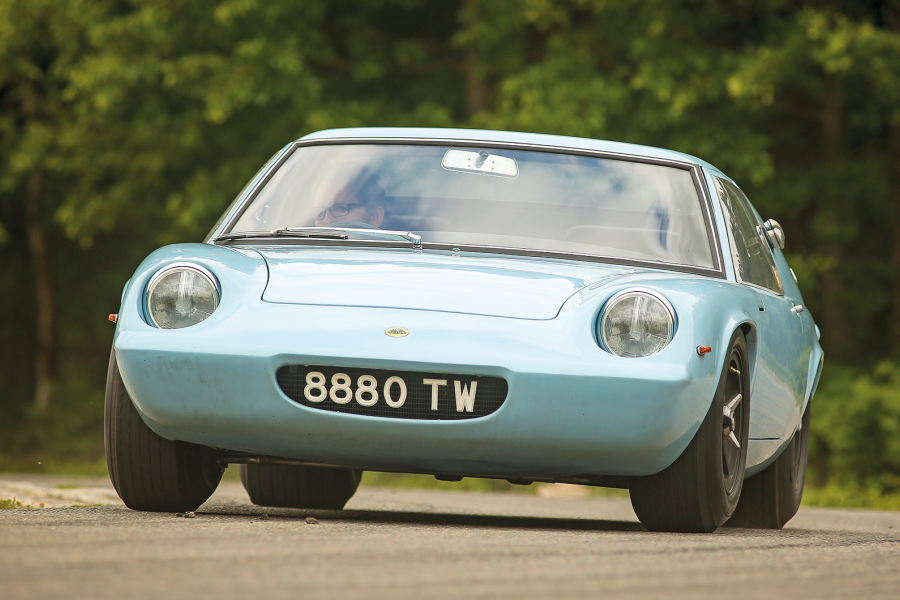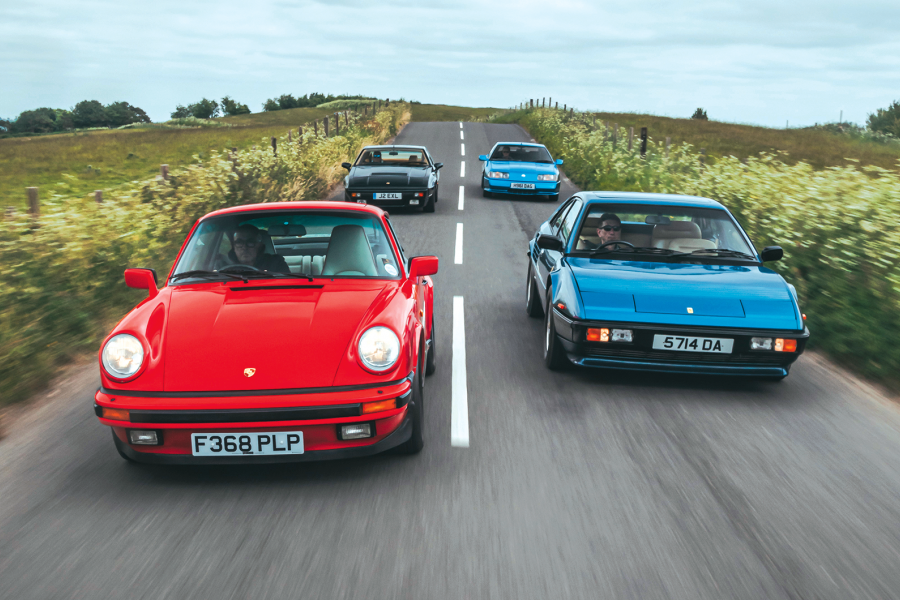Even today the Elite would be considered quite quick, and neither the Gamma nor the Mercedes can catch it in a straight line or around corners, although the Lancia comes close.
The Italian has superbly weighted and accurate power steering – by far the best of the three – and, despite being front-drive, delays the onset of understeer to a point you would rarely reach on the road. It isn’t exactly slow, either. With five nicely stacked manual ratios in a slightly rubbery gearbox, the Lancia feels definitively livelier than the Benz, with bags of torque and an endearing willingness to rev.
Yet this giant boxer engine, visually messy under the bonnet, is curiously unappealing and lumpy-sounding at low speeds. You can see it at once in the way the tailpipe shudders and this low-mileage car, freshly out of a Scottish Lancia collection, sounds better than most. Having owned 15 Gammas now – and learnt my lesson – I’m in a position to comment.
From the inside, it hardly helps that the ugly, looming dashboard shakes and rattles seemingly in sympathy with the engine. Cruising in fifth in relative quiet, however, you begin to see the point. The flat-four becomes silken and, when you squeeze the throttle, there’s torque to spare for bursts of acceleration beyond three figures.
Were it not for that undistinguished dashboard, the Gamma would be a nice place to be. The dark blue ‘L cloth’ is slightly cheesy, but cosy, and the elegant simplicity of the seat design back and front is everything you would expect from Pininfarina, which built and trimmed the Coupés. That said, the seat feels low in relation to the dashboard and the driving position is odd in some hard-to-define way, almost as if the car was schemed out before anyone had decided where its occupants were going to sit.
Clockwise from top: elegant pillarless style; 2.3-litre ‘four’ is torquey and more frugal than 280 ‘six’; supportive seats and clear dashboard are shared with the rest of the W123 range
If the Mercedes seems more ordinary, that is probably just because it is more familiar. Opening the long, heavy, frameless doors instantly makes the coupé experience feel special and the low roof and shorter wheelbase give the cabin an intimate atmosphere, although there is room in the rear for grown-ups on shorter trips. There’s a secret cubbyhole between the seats and, as in the saloon, the rear shelf features a first-aid kit.
On the move, the 230CE feels pleasantly airy and, with the windows lowered and the sunroof open, who would not be impressed by the way the pillarless windows give an unimpeded view of the landscape flashing by? The dash is as solid and well conceived as the Gamma’s is brittle and random, with swathes of quality plastic relieved by that slightly unconvincing Germanic wood trim and the controls, including the nine-function column stalk, shared with other W123s.
In fact, apart from feeling slightly cosier, the 230CE drives exactly like a 230E. Smooth, undemanding and slightly cut off from the world around as it goes about its business with a pedestrian exhaust note and perfectly deployed gearchanges from the auto ’box that was almost invariably the choice of coupé buyers.
There is nothing wrong with the way the Mercedes handles – it tends always towards safe, mild understeer – but it does feel several shades more cumbersome than the other two. That’s mainly because the huge wheel tends to accentuate a deadness in the steering around the straight-ahead.
So, where the Lotus offers excitement and the Gamma lusty eccentricity, the Mercedes performs with a tediously brisk efficiency that will never set your heart racing. The performance is there, with fuel injection and nearly 140bhp from the M102 overhead-cam unit, but one is rarely encouraged to go looking for it. The joy of the W123 is in its refinement and solidity, the sense that it will just keep on going with minimal attention.
Contradictions: straight, slant and flat ‘fours’; steel three-box monocoques versus a glassfibre wedge with a separate chassis
For those who take only a passing interest in cars, it is a relaxing, undemanding vehicle.
For those who enjoy cars and driving for their own sake it is an ever so slightly boring one and, although I know that the CE is the best product here in terms of durability and utility, I can’t help being drawn to the stronger characters of the Lancia and the Lotus, however flawed they may be in detail.
Much as I still love the look of the Gamma, however, the surprise result is that I would probably settle for the Elite.
Images: James Mann
FACTFILES
LOTUS ELITE S2 2.2
- Sold/number built 1980-’82/132
- Construction steel backbone chassis, with glassfibre body
- Engine all-alloy, dohc 2174cc slant-four, with twin Dell’Orto DHLA 45E carburettors
- Max power 160bhp @ 6500rpm
- Max torque 160lb ft @ 5000rpm
- Transmission five-speed manual, driving rear wheels
- Suspension independent, at front by double wishbones, anti-roll bar rear trailing arms, transverse links, fixed-length driveshafts; coil springs, telescopic dampers front/rear
- Steering power-assisted rack and pinion Brakes discs front, drums rear, with servo
- Length 14ft 6in (4420mm)
- Width 5ft 11/2in (1652mm)
- Height 3ft 11/2in (953mm)
- Wheelbase 8ft 13/4 (2484mm)
- Weight 2645lb (1120kg)
- 0-60mph 7.5 secs
- Top speed 130mph
- Mpg 23
- Price new £16,433
- Price now £500-12,000
LANCIA GAMMA COUPÉ 2500IE
- Sold/number built 1976-’84/6789
- Construction steel monocoque
- Engine all-alloy, sohc-per-bank 2484cc flat-four, with Bosch fuel injection
- Max power 140bhp @ 5400rpm
- Max torque 153lb ft @ 3000rpm
- Transmission five-speed manual, driving front wheels
- Suspension independent, at front by MacPherson struts rear struts, transverse links; coil springs telescopic dampers,
- anti-roll bar front/rear
- Steering power-assisted rack and pinion Brakes discs, with servo
- Length 14ft 8in (4470mm)
- Width 5ft 8in (1727mm)
- Height 4ft 5in (1346mm)
- Wheelbase 8ft 41/2 (2555mm)
- Weight 2844lb (1290kg)
- 0-60mph 9 secs
- Top speed 122mph
- Mpg 23
- Price new £9185
- Price now £500-6000
MERCEDES-BENZ 230CE
- Sold/number built 1977-’85/187,367 (all W123 CE variants)
- Construction steel monocoque
- Engine all-iron, sohc 2299cc ‘four’, with Bosch K-Jetronic mechanical fuel injection
- Max power 136bhp @ 5100rpm
- Max torque 148lb ft @ 3500rpm
- Transmission four-speed automatic, driving rear wheels
- Suspension independent, at front by wishbones rear semi-trailing arms; coil springs, telescopic dampers, anti-roll bar f/r
- Steering power-assisted recirculating ball
- Brakes discs, with servo
- Length 15ft 3in (4655mm)
- Width 5ft 41/2in (1740mm)
- Height 4ft 53/4in (1368mm)
- Wheelbase 8ft 11in (2715mm)
- Weight 2844lb (1290kg)
- 0-60mph 11.5 secs
- Top speed 112mph
- Mpg 21
- Price new £12,000
- Price now £1000-15,000
READ MORE
Starter classics: 14 great cars for a first-timer
20 appreciating classics and what you should pay for them
Everyday heroes: 20 classics you can commute in
Martin Buckley
Senior Contributor, Classic & Sports Car
